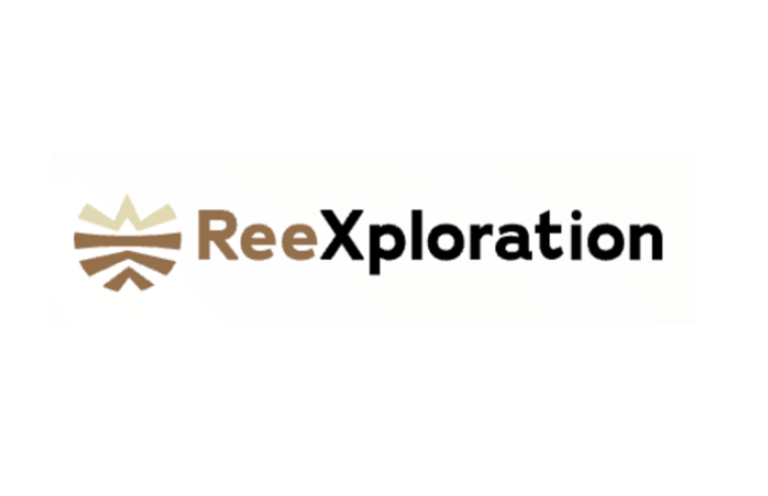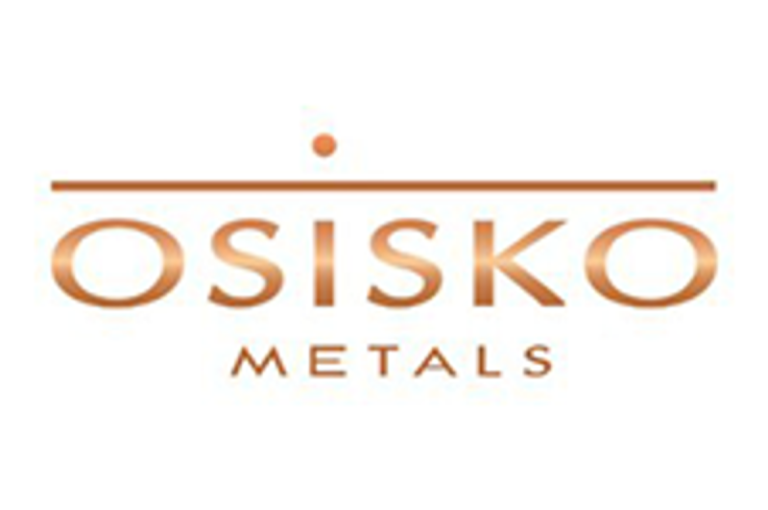Development-ready gold asset in premier mining jurisdiction with funded advancement plan; preparing to initiate project-development and exploration drill program
Fortune Bay Corp. (TSXV: FOR,OTC:FTBYF) (FWB: 5QN) (OTCQB: FTBYF) (‘Fortune Bay’ or the ‘Company’) is pleased to announce that, following the completion of its $8 million bought-deal financing, the Company has initiated key technical work streams to advance the Goldfields Project (‘Goldfields’ or the ‘Project’) toward a Pre-Feasibility Study (‘PFS’) in 2026. In parallel, permitting activities are progressing through ongoing baseline environmental studies and planned community consultation. Together, these initiatives build on the strong foundation established by the recently released Updated Preliminary Economic Assessment (‘Updated PEA’), which demonstrated exceptional economics, a streamlined permitting pathway, and a de-risked mineral resource with 97% of ounces in the Indicated category.
Updated PEA Economic Highlights:
- Leverage to Gold Price: At a spot gold price of US$3,650 per ounce (as of September 19, 2025), the after-tax NPV (5%) increases to C$1.25 billion and the IRR to 74%, generating cumulative after-tax free cash flow of C$1.82 billion.
‘Goldfields stands out as a development-ready gold asset in a premier mining jurisdiction,’ stated Dale Verran, CEO of Fortune Bay. ‘With robust Updated PEA economics, a strong project foundation and now a fully funded advancement plan, we are positioned to unlock meaningful value on multiple fronts. As part of this, we are preparing to commence a drilling program in the coming weeks that will include both project-development drilling to support the PFS and exploration drilling to evaluate resource growth potential. We expect to announce the specific exploration drill targets shortly.’
Studies Toward Pre-Feasibility:
- Project Development-Related Drilling: Planning of a comprehensive drilling program for Box and Athona is underway. This is being optimized to provide the required drill coverage and core samples to support a PFS for Goldfields. The program will integrate geotechnical study, metallurgical sampling, waste rock study and groundwater investigations, aimed to minimize the amount of drilling required to the extent possible. Project development-related drilling is expected to be run in conjunction with an exploration drilling program for efficiency and is expected to begin in the coming weeks.
- Waste Rock Characterization: The Company has initiated an analytical testing program and a suite of samples, representing the dominant lithological units in the Box and Athona waste rock material, have been collected and are being exported from site for Acid Base Accounting, metal geochemistry and shake flask extraction testing. Results of this work will inform subsequent mineralogical and kinetic waste rock humidity cell testing. All analyses will be carried out by SGS Canada – Lakefield laboratory in Ontario. The results of this study will be used to inform forward planning and sampling during upcoming drilling and will also be used to develop waste rock and water management plans.
- Metallurgical Testwork: A testwork program is currently underway at the SGS Canada – Lakefield laboratory in Ontario. A representative sample of mineralization from the Box deposit is being tested to supplement work carried out in 2015 and properly constrain what percentage gold can be recovered into a concentrate with the minimum possible mass draw through a combination of gravity and two-pass floatation. Results are expected in early December, and these will inform decision making about project scope and additional metallurgical testing for advancement through PFS.
- High-Resolution Topographic Survey: A fixed-wing airborne LiDAR (Light Detection and Ranging) survey was carried out at Goldfields in October 2025 to generate high-resolution topographic data to support more detailed engineering studies during PFS. The survey, carried out over the entire project footprint area as proposed in the Updated PEA with additional buffer, was completed by KBM Geomatics of Thunder Bay, Ontario. Deliverables are expected in November 2025.
Permitting Activities, Community Consultation and Regulatory Engagement:
- Aquatic Surveys: Completed in September 2025 by Ecometrix Inc. of Mississauga, Ontario. Initial reporting on aquatic habitat studies and fishing results is expected in December 2025, with full reporting including laboratory analysis expected in early 2026.
- Terrestrial Surveys: Initiated in August 2025 by Omnia Ecological Services of Calgary, Alberta. This included ecological land classification studies and deployment of cameras and acoustic survey units. Follow up field work was completed in October 2025, collecting a first round of data from all survey equipment, which remain deployed in the field. Initial reporting on findings is expected in December 2025, with survey work ongoing in 2026.
- Planned Regulatory Engagement: Results from baseline environmental studies and waste rock characterization work mentioned above will be integrated with feedback from early consultation and will be used as a basis for initiation of regulatory engagement and the submission of a Technical Proposal to the Saskatchewan Ministry of Environment in Q1 of 2026. This work will build upon the Provincially-approved 2008 Environmental Impact Statement for a 5,000 tpd open-pit operation.
Qualified Person & Technical Report
Details for the Updated PEA for Goldfields are provided in the technical report titled ‘Goldfields Project Updated NI 43-101 Technical Report & Preliminary Economic Assessment, Saskatchewan, Canada‘, dated October 20, 2025, prepared by Kevin Murray, P.Eng.; Scott C. Elfen, P.E.; James Millard, P.Geo.; Jonathan Cooper, P.Eng.; Marc Schulte, P.Eng.; Cliff Revering, P.Eng.; and Ron Uken, Pr.Sci.Nat. for Fortune Bay Corp. The technical report is available under the Company’s issuer profile on SEDAR+ (www.sedarplus.ca) and on the Company’s website at www.fortunebaycorp.com.
The technical and scientific information in this news release has been reviewed and approved by Gareth Garlick P.Geo., Vice-President Technical Services of the Company, who is a Qualified Person as defined by NI 43-101. Mr. Garlick is an employee of Fortune Bay and is not independent of the Company under NI 43‑101.
About Goldfields
The 100% owned Goldfields Project (‘Goldfields’ or the ‘Project’) is located approximately 13 kilometres south of Uranium City, Saskatchewan. Goldfields hosts the Box and Athona gold deposits, as well as additional gold showings within the prospective Goldfields Syncline. The Box deposit was historically mined underground between 1939 and 1942, producing 64,000 ounces of gold. The Project is located within a historical mining area and benefits from established infrastructure, including a road and hydro-powerline to the Box deposit. Nearby facilities and services in Uranium City include bulk fuel, civils contractors, and a commercial airport.
About Fortune Bay
Fortune Bay Corp. (TSXV:FOR,OTC:FTBYF; FWB:5QN; OTCQB:FTBYF) is a gold exploration and development company advancing high-potential assets in Canada and Mexico. With a strategy focused on discovery, resource growth and early-stage development, the Company targets value creation at the steepest part of the Value Creation Curve—prior to the capital-intensive build phase. Its portfolio includes the development-ready Goldfields Project in Saskatchewan, the resource-expansion Poma Rosa Project in Mexico, and two optioned Athabasca Basin uranium portfolios providing non-dilutive capital and upside exposure. Backed by a technically proven team and tight capital structure, Fortune Bay is positioned for multiple near-term catalysts. For more information, visit www.fortunebaycorp.com or contact info@fortunebaycorp.com.
On behalf of Fortune Bay Corp.
‘Dale Verran’
Chief Executive Officer
902-334-1919
Cautionary Statement
Information set forth in this news release contains forward-looking statements that are based on assumptions as of the date of this news release. These statements reflect management’s current estimates, beliefs, intentions, and expectations. They are not guarantees of future performance. Words such as ‘expects’, ‘aims’, ‘anticipates’, ‘targets’, ‘goals’, ‘projects’, ‘intends’, ‘plans’, ‘believes’, ‘seeks’, ‘estimates’, ‘continues’, ‘may’, variations of such words, and similar expressions and references to future periods, are intended to identify such forward-looking statements, and include, but are not limited to, statements with respect to: the results of the Updated PEA, including future Project opportunities, future operating and capital costs, closure costs, AISC, the projected NPV, IRR, timelines, permit timelines, and the ability to obtain the requisite permits, economics and associated returns of the Project, the technical viability of the Project, the market and future price of and demand for gold, the environmental impact of the Project, and the ongoing ability to work cooperatively with stakeholders, including Indigenous Nations, local Municipalities and local levels of government. Since forward-looking statements are based on assumptions and address future events and conditions, by their very nature they involve inherent risks and uncertainties. Although these statements are based on information currently available to the Company, the Company provides no assurance that actual results will meet management’s expectations. Risks, uncertainties and other factors involved with forward- looking information could cause actual events, results, performance, prospects and opportunities to differ materially from those expressed or implied by such forward-looking information. Forward looking information in this news release includes, but is not limited to, the Company’s objectives, goals or future plans, statements, exploration results, potential mineralization, the estimation of mineral resources, exploration and mine development plans, timing of the commencement of operations and estimates of market conditions. Factors that could cause actual results to differ materially from such forward-looking information include, but are not limited to failure to identify mineral resources, failure to convert estimated mineral resources to reserves, the inability to complete a feasibility study which recommends a production decision, the preliminary nature of metallurgical test results, delays in obtaining or failures to obtain required governmental, environmental or other project approvals, political risks, inability to fulfill the duty to accommodate Indigenous Nations and local Municipalities, uncertainties relating to the availability and costs of financing needed in the future, changes in equity markets, inflation, changes in exchange rates, fluctuations in commodity prices, delays in the development of projects, capital and operating costs varying significantly from estimates and the other risks involved in the mineral exploration and development industry, and those risks set out in the Company’s public documents filed on SEDAR. Although the Company believes that the assumptions and factors used in preparing the forward-looking information in this news release are reasonable, undue reliance should not be placed on such information, which only applies as of the date of this news release, and no assurance can be given that such events will occur in the disclosed time frames or at all. The Company disclaims any intention or obligation to update or revise any forward-looking information, whether as a result of new information, future events or otherwise, other than as required by law. For more information on Fortune Bay, readers should refer to Fortune Bay’s website at www.fortunebaycorp.com.
Neither TSX Venture Exchange nor its Regulation Services Provider (as that term is defined in policies of TSX Venture Exchange) accepts responsibility for the adequacy or accuracy of this release.
SOURCE Fortune Bay Corp.
View original content to download multimedia: http://www.newswire.ca/en/releases/archive/November2025/12/c0872.html
News Provided by Canada Newswire via QuoteMedia










